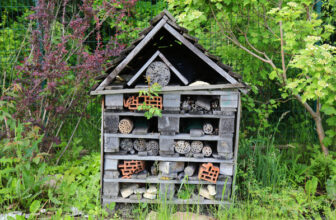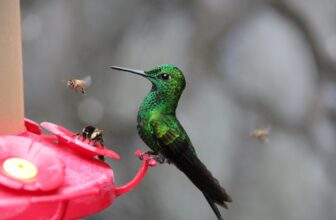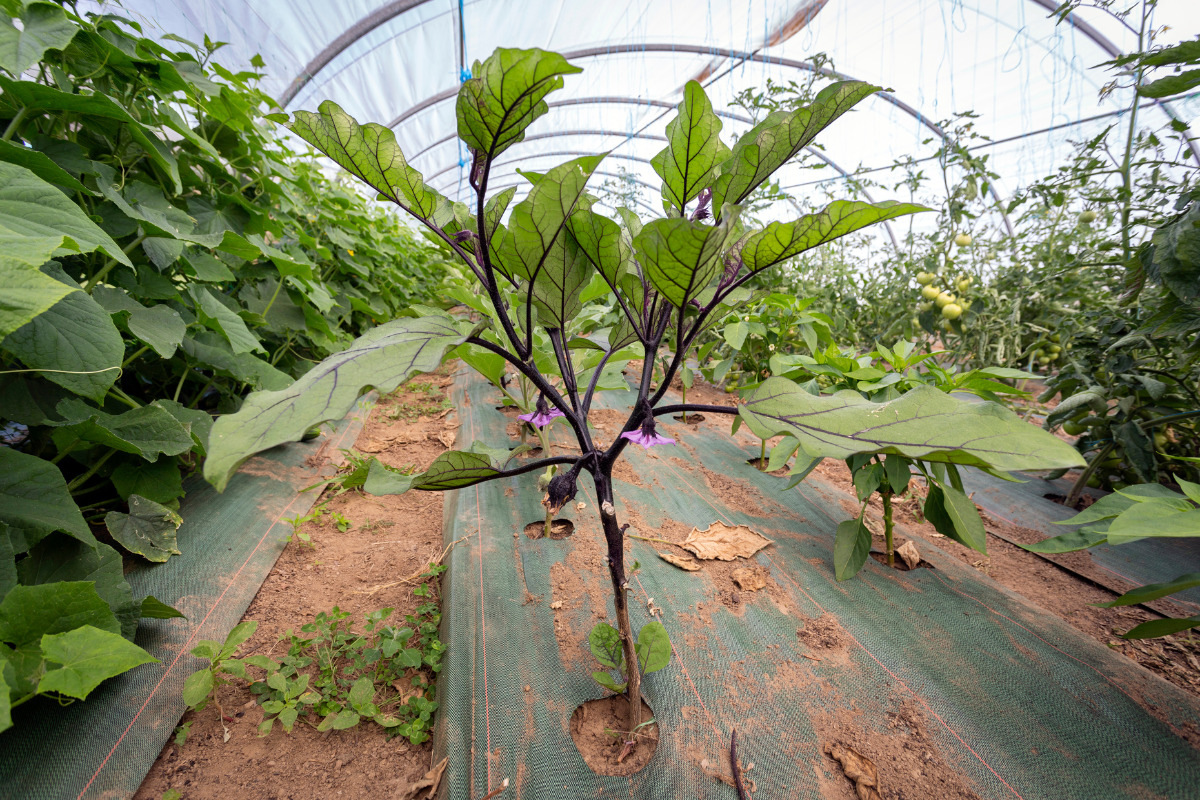
Table of Contents
Do you know that plants can support and help each other in a similar way that we see people supporting their families and helping their friends? This is known as companion planting.
Companion planting is a gardening technique where different plant species are grown near each other for mutual benefits. The idea is that certain plants can enhance the growth and health of neighboring plants by providing nutrients, repelling pests, or attracting beneficial insects.
In this article we look at companion plants and popular planting combinations with all the information you might need to give this technique a try. Let’s get started.
About Companion Planting
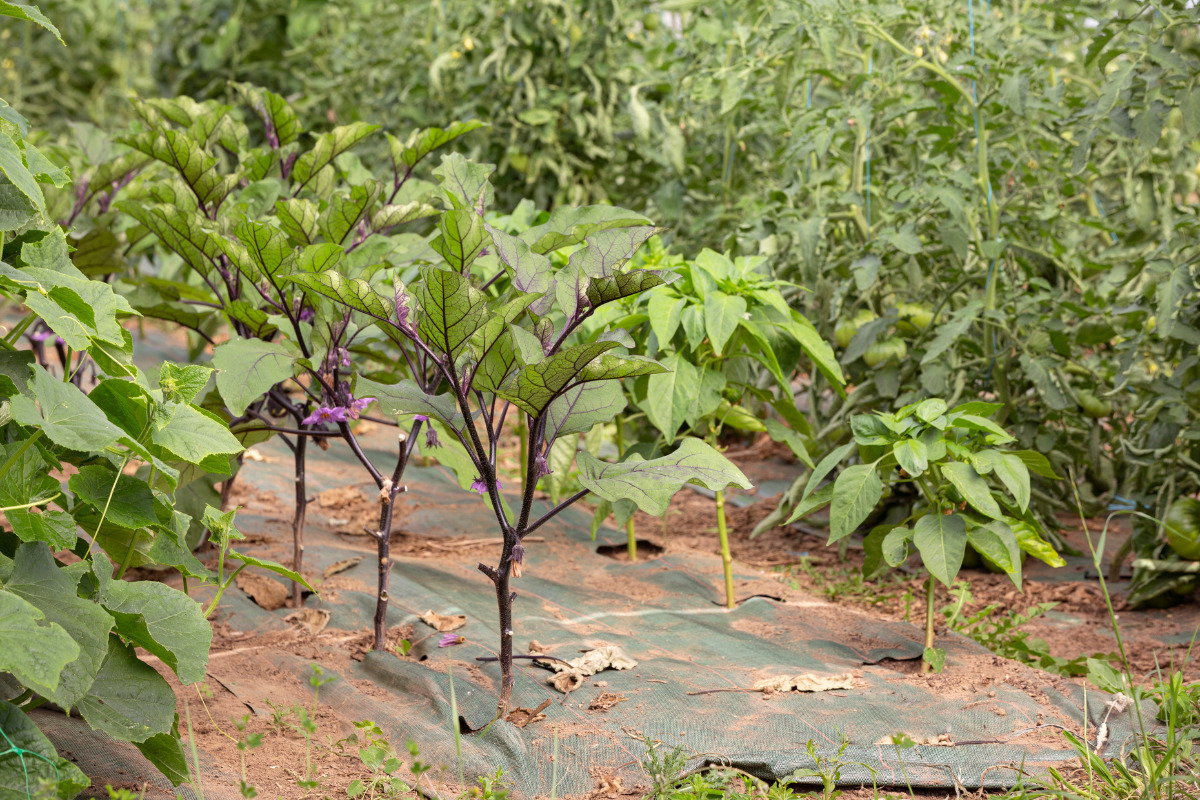
Companion planting is quite an interesting concept that makes the most of plants that get on well together. It’s intriguing to know that when two or more plants are grown together, they can offer benefits to each other. It’s also intriguing that the benefits could be one-way or can be both ways.
This technique has been used for centuries by gardeners to improve crop yields and reduce pest problems without the use of synthetic chemicals. Some popular planting combinations often used are marigolds with tomatoes which can help deter pests like nematodes and whiteflies, while growing beans alongside corn can provide nitrogen to the soil and support the tall corn stalks.
You could choose to grow flowers with nectar amidst crops to attract pollinators or grow two vegetables together to repel or confuse the pests. Once you understand the diverse range of benefits offered by companion planting, you can ensure you choose the right plants to place together.
There is ongoing research into the science behind companion planting, however many gardeners swear by its effectiveness and find it to be a sustainable and natural approach to gardening.
Companion Planting – The Benefits
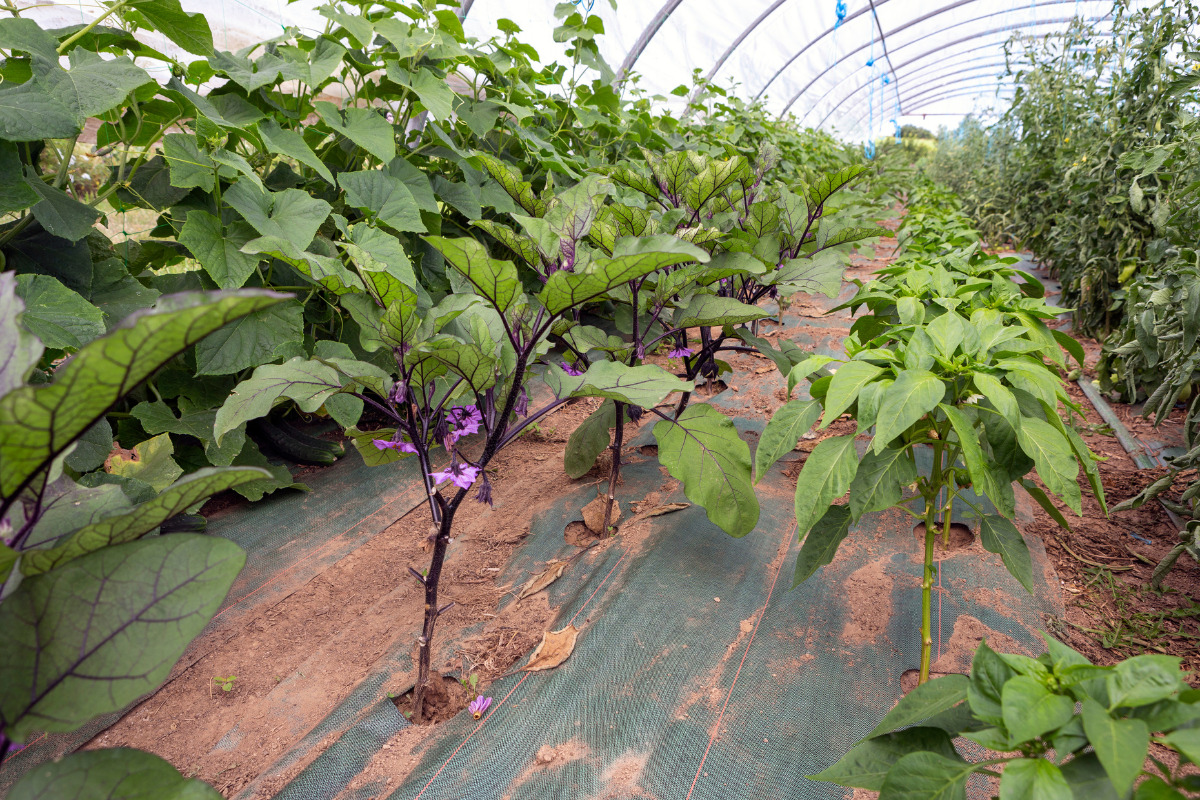
The 7 most common benefits we get from companion planting are:
1. Sun Protection
Large trees and plants offer shade for smaller plants growing under them. This provides natural shade regulation and sun protection for other plants. For eg: corn can provide shade for smaller plants like lettuce.
2. Fighting Off Pests
Some plants are good for deterring insects due to their smells or vivid colors. This protects the plants growing close to them from insects and critters. For eg: garlic is a good insect repellent plant due to its smell.
3. Physical Support
Some tall and erect plants such as sunflowers and corn provide support to vining plants such as peas and cucumbers.
4. Attracting Beneficial Insects
This can be particularly helpful for pollination. Some plants, such as borage attract pollination bees and tiny wasps that nibble on pests.
5. Making The Soil More Fertile
Nitrogen is a beneficial constituent of the soil, and some crops like peas, beans, and other legumes are known to repair the nitrogen constituent of the soil.
Shallow-rooted plants benefit from plants with long taproots, as they bring nutrients to the topsoil from the depths. The taproot is the main root of a plant that grows straight down into the soil, and it can reach depths that other roots can’t.
Taproots can also help to improve soil structure by breaking up compacted soil and allowing air and water to penetrate deeper into the soil. This can create a more favorable environment for beneficial microorganisms and plant growth.
Some plants that are known for their long taproots include carrots, parsnips, and dandelions. Remember that not all plants have taproots, and the depth and length of the taproot can vary depending on the plant species and growing conditions.
6. Reduce Growth of Weeds
Plants with tall and upright stems, such as pumpkin, watermelon or potato can cover a lot of ground with their vines and leaves, which can reduce the amount of open area available for weeds to grow.
This doesn’t mean that these areas will be weed free as weeds can grow in small gaps or openings between the vines and leaves of sprawling crops, or they may grow around the base of the plant or at the edges where there is more sunlight and space.
Remember to control weeds in and around sprawling crops by hand-pulling, hoeing, or mulching. Mulching with organic materials like straw, leaves or wood chips can also help suppress weed growth, retain moisture in the soil, and improve soil health.
7. Better Growth of Plants
Some plants require certain nutrients more than other plants. Different plant species have varying nutritional needs, and some plants may require higher levels of certain nutrients than others to grow and develop properly.
For eg: heavy feeders, such as tomatoes, corn, and cucumbers, may require more nitrogen, phosphorus, and potassium whereas light feeders, such as beans, peas, and lettuce, may require lower levels of these nutrients.
Then there are plants that may require specific micronutrients, such as iron, zinc, or magnesium to thrive. For eg: citrus trees require high levels of iron, and blueberries require acidic soil that is rich in organic matter.
Soil type and pH can also influence the availability of nutrients to plants. Some plants may require specific soil conditions, such as acidic or alkaline soil, to absorb certain nutrients.
Companion Planting – Popular Combinations
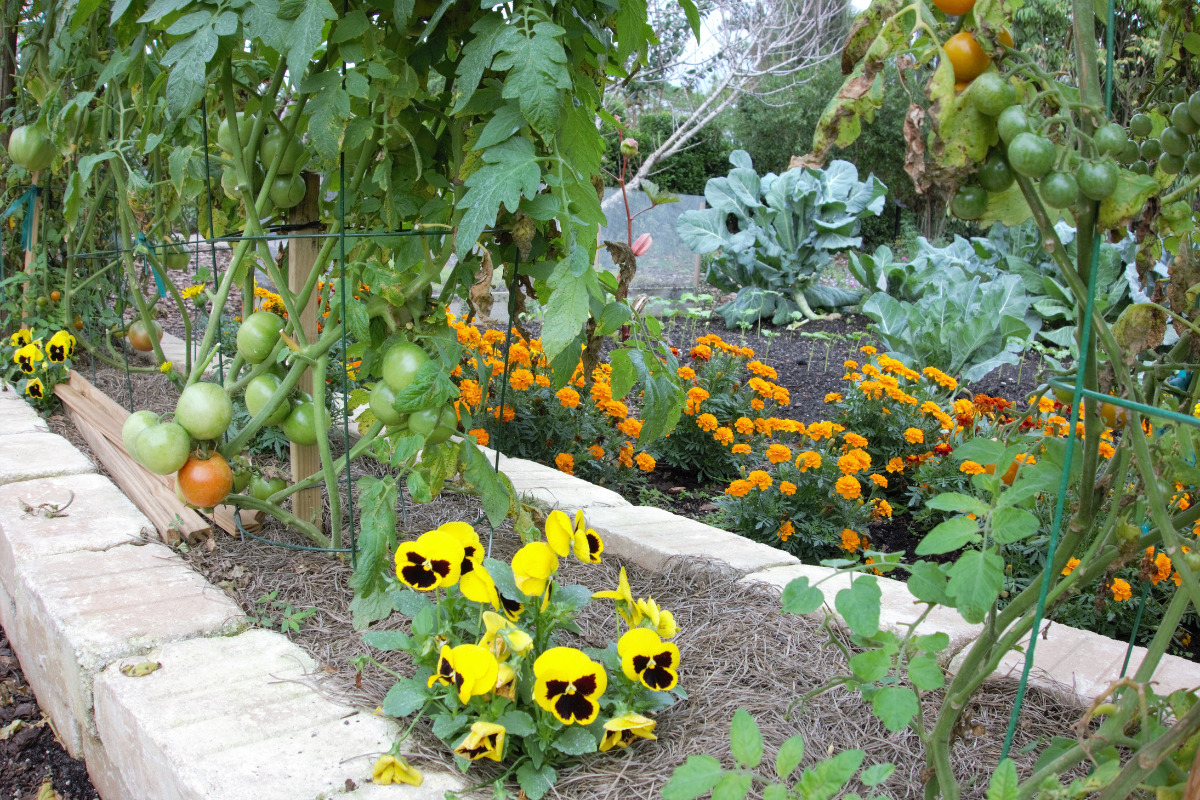
Here are some good planting combinations that you should try in your garden. These plants are great when placed together for their beauty as well as the benefits they offer each other.
| Plants | What to Expect |
| Garlic and Roses | You may feel that this is an odd combination to plant together, since garlic has a stinging odor, while roses smell beautiful. But believe it or not, gardeners have been planting garlic and roses together for a long time. This is because garlic bulbs and chives repel insects, beetles, aphids, and rose pests. Plus, the small white or purple flowers of garlic look beautiful in late spring with the foliage and flowers of roses. |
| Melons and Marigolds | Some marigold varieties are good for controlling nematodes in melon roots; this will look after the nasty pests and save your from needing chemical treatments. |
| Nasturtiums and Cucumbers | Nasturtiums repel cucumber beetles; many gardeners report that their vining stems are a great companion for growing squash and cucumber plants. Do note that nasturtiums may provide a breeding ground for predatory insects including ground beetles and spiders. Have a think about this before going ahead and including nasturtiums in your garden. |
| Cabbage and Tomatoes | Cabbage leaves often suffer from large holes chewed by diamondback moth larvae. A good thing is tomatoes repel these and keep the cabbage leaves growing healthily without the need of chemical insecticides. |
| Lettuce and Tall Sprawling Plants | Lettuce grows best in light shade and growing tall sprawling plants alongside it provide this. You can also choose from flowering plants such as cleome (spider flower) and Nicotiana (flowering tobacco). |
| Dill and Cabbage | Growing dill close to plants of the cabbage family has benefits both ways. These include brussels sprouts and broccoli that can support the floppy dill plants. In return, dill helps to attract wasps that in turn control pests affecting the cabbages, such as cabbage worms. |
| Catnip and Collards | Growing catnip alongside collards helps repel mosquitoes due to its fragrance. Plus, it prevents the collards getting damaged by flea-beetles. |
| Beans and Corn | Corn benefits from nearby growing beans as beans attract beneficial insects that eat corn pests. The corn pests are leaf beetles, fall armyworms, and leafhoppers. Beans get an advantage as they can climb up the corn stalks and grow better. |
| Carrots and Radishes | Companion plants are also plants that don’t disturb each other even with their different growing habits. Carrots and radishes are such types of companions since they both need different nutrients and don’t compete for resources. Plus, carrots have long tap roots that go deep in the soil and take longer to mature. While radishes mature in a shorter while and don’t have roots which go that deep. |
| Flowering Herbs and Melons or Squash | Flowering herbs such as parsley, dill, and fennel attract pollinating insects. And the vegetables that can’t grow without pollination should be grown close to these herbs, including squash and melons. |
| Swiss Chard and Sweet Alyssum | Alyssum is a low-growing, annual plant that is commonly grown for its delicate, fragrant flowers. These flowers attract hover flies that can control aphids. Swiss chard proves to be a good companion for the low-growing alyssum. |
| Broccoli and Calendula | Calendula flowers produce a sticky substance in their stems. This attracts and traps aphids and is very beneficial for keeping the aphids away from brassica crops such as broccoli. When aphids are attracted, so are the beneficial ladybugs that dine on aphids. |
| Pumpkin or Squash and Pole Beans and Corn | These companion plants are referred to as “Three sisters” in Native America. All three benefit each other. Corn provides strong stems for beans to climb and grow. Then the spreading leaves of pumpkin or squash make a living mulch to hold moisture and control weeds from growing. Beans convert atmospheric nitrogen into forms usable by plants through a process called nitrogen-fixing. Pumpkin needs nitrogen, an essential nutrient, to grow and develop properly. During the early stages of growth, pumpkins require higher levels of nitrogen to support the development of leaves and stems. Nitrogen is also important for the development of strong, healthy vines, which can support the weight of the pumpkin fruit as it grows. Corn also requires about 1 pound of nitrogen per 100 square feet of planting area per week during its vegetative growth phase. |
| Eggplants or Tomatoes and Lettuce | Lettuce doesn’t like heat and grows best in shade. Tall plants like eggplant and tomatoes provide cool shade for the lettuce plants to grow for long. |
| Cilantro or Basil and Tomatoes | The strong scent of basil repels pests, and its flavor may also improve the flavor of tomatoes. And if you don’t cut all basil or cilantro and it bears flowers, then they help attract pollinators. |
| Cabbage and Chamomile | Cabbage and other brassicas need beneficial insects and chamomile is a great companion that attracts them. Plus, chopping off chamomile and tossing it in the soil improves the soil nutrients and the roots left in the soil enrich the underground with nutrients. |
Companion Plants and Specific Benefits
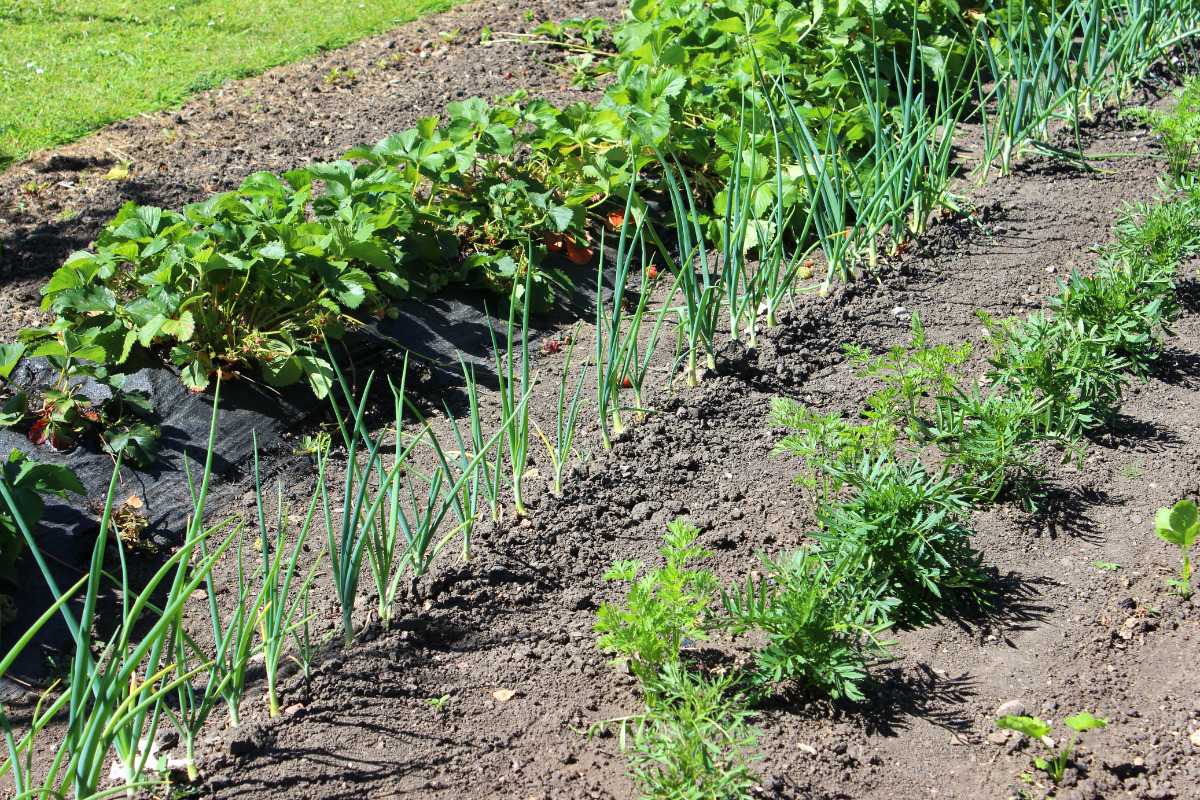
There are benefits associated to specific companion plants. Let’s have a look at some of these plants and their unique contributing key features.
| Plant | Unique Features |
| Dill | It attracts beneficial insects such as ladybugs, which nibble small garden pests including spider mites and aphids. |
| Mint | It repels flea beetles, ants, and aphids. |
| Basil | It repels some garden insects such as thrips and attracts bees to improve pollination. |
| Garlic | The strong scent of garlic deters insects, Japanese beetles, ermine moths, and onion flies. Plus, one of the most common garden pests, aphids, can’t bear the smell of garlic. |
| Borage | It attracts pollinating bees. |
| Sunflowers | They provide support for climbing plants and shade for crops that can become sun-stressed in hot climates. |
| Nasturtiums | These deter blackfly and attract hungry caterpillars, thus preventing them from attacking other plants like cabbage and broccoli. |
| Sage | Plating sage close to cabbage keeps cabbage safe from moths and it also deters carrot fly. |
| Poached egg plants or wildflower | They attract hoverflies, which control aphids. |
| Parsley | It draws in beneficial insects that help with pollination. |
| Tansy | It attracts beneficial bugs such as ladybirds or ladybugs and predatory wasps that eat pests. Tansy is also good for deterring many common garden pests such as cutworm that may affect carrot, bean, pepper, asparagus, cabbage, celery, tomato, lettuce, corn, pea, and potato plants. |
FAQ’s about Companion Planting
Companion planting is the practice of planting different crops together in a way that benefits both plants.
Companion planting can provide many benefits, including improved soil fertility, natural pest control, increased crop yield, and reduced weed growth.
Companion planting can improve soil fertility by increasing the diversity of plants in the garden, which can help to attract beneficial soil microorganisms and increase the availability of nutrients.
Good companion plants for tomatoes include basil, marigolds, carrots, and onions.
Companion planting can help with pest control by attracting beneficial insects that prey on common garden pests, or by repelling pests with strong scents or other natural defenses.
Good companion plants for beans include corn, cucumbers, and radishes.
Companion planting can help increase crop yield by improving soil fertility, reducing weed growth, and providing natural pest control.
Good companion plants for peppers include basil, marjoram, oregano, and tomatoes.
Companion planting can help reduce weed growth by shading the soil and competing with weeds for nutrients and water.
Good companion plants for cucumbers include corn, beans, radishes, and sunflowers.
Wrapping Up
Companion planting is all about experimentation and trying out new plant combinations that when planted together, can benefit each other. Now you know what to look for in a companion plant, you can easily think of some new planting combinations that could go well together and thrive. So, why not try some of the listed companion plants together for best results and mutual benefits?



